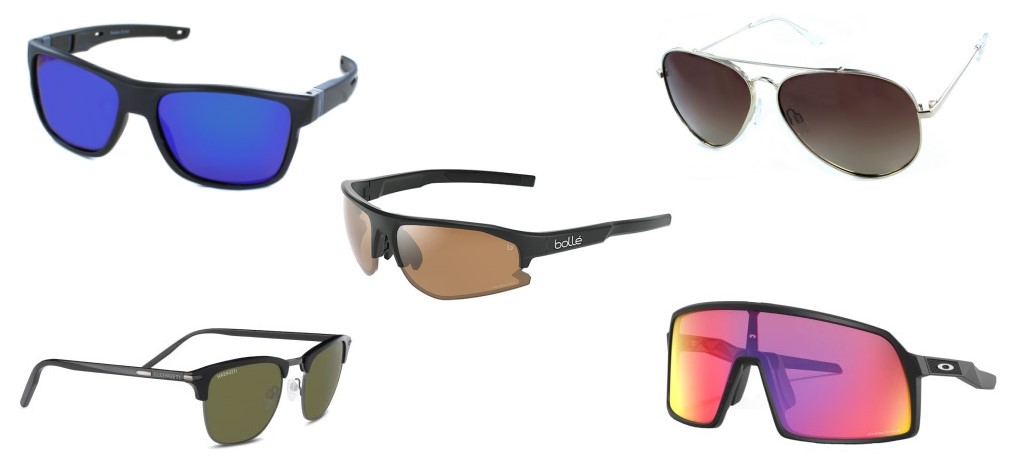Debunked: The Top 5 Sunglass Myths

9th August 2017
Since we started Sunglasses For Sport over 10 years ago we have come across a lot of myths surrounding sunglasses. So here they are, our top 5 sunglass myths debunked.
Myth No 1: All sunglass provide UV protection
Not so: Very cheap sunglasses that you might buy from a market stall or beach vendor on holiday may have no UV filters. Wearing these cheap sunglasses with no UV filters poses an even greater danger than wearing no sunglasses at all because the pupils will dilate allowing more harmful rays into the eye. Look for a CE Mark printed on the inside of one of the temples. Good quality sunglasses will also likely have UV400 printed on them (or on a label/sticker supplied with them), which means they provide over 99% protection from harmful UVR. However you don’t have to buy expensive sunglasses to get protected – it is perfectly possible to buy sunglasses at under £20 from reputable brands that provide 100% protection from UVR.
Myth No 2: Sunglasses are a style choice, not a health aid
Not so: Prolonged exposure to UV light can cause serious long-term damage to the human eye. The negative effects can take years or even decades to show and can have a big impact on vision health later in life. Wearing sunglasses regularly when outdoors will minimise the risk of eye diseases such as cataracts and macular degeneration, which can lead to the permanent loss of eyesight.
Myth No 3: The darker the lens the more the protection from UVR
Not so: UV protection has nothing to do with either the lens colour or the density of tint of the lens. The UV filter applied to a lens is clear so even a clear lens can provide 100% protection from UVR. Find out more about sunglass lens categories.
Myth No 4: Children don’t need sunglasses as much as adults
Not so: Children receive three times the annual sun exposure of adults, increasing their susceptibility to UV eye damage. UV damage is both cumulative and irreversible so it is important to protect children’s eyes as early as possible because sun-related eye damage occurs in the early ages of childhood, particularly between the ages of 3 and 12. The simple precaution of ensuring children wear sunglasses will help reduce a child’s chance of developing eye problems such as macular degeneration and cancer of the eyelids later in life. View our range of kids’ sungalsses.
Myth No 5: You don’t need to wear sunglasses on cloudy days
Not so: Even when it’s overcast we can still can get up to 90 percent of UV radiation and so UV rays on cloudy days are just as dangerous as they are on bright, sunny days. As our eyes are 10 times more sensitive to UV than our skin, more than any other organ the eye can suffer significant injury from the sun; so be sure to wear sunglasses and skin protection while outside at all times of the year.
Continue reading

Don’t miss The Game Fair
Under new management the long established (50 plus years) Game Fair looks to have a very promising future. In Show terms it's our most important event of the year. And you don't have to be a fieldsports enthusiast to enjoy this absolutely...